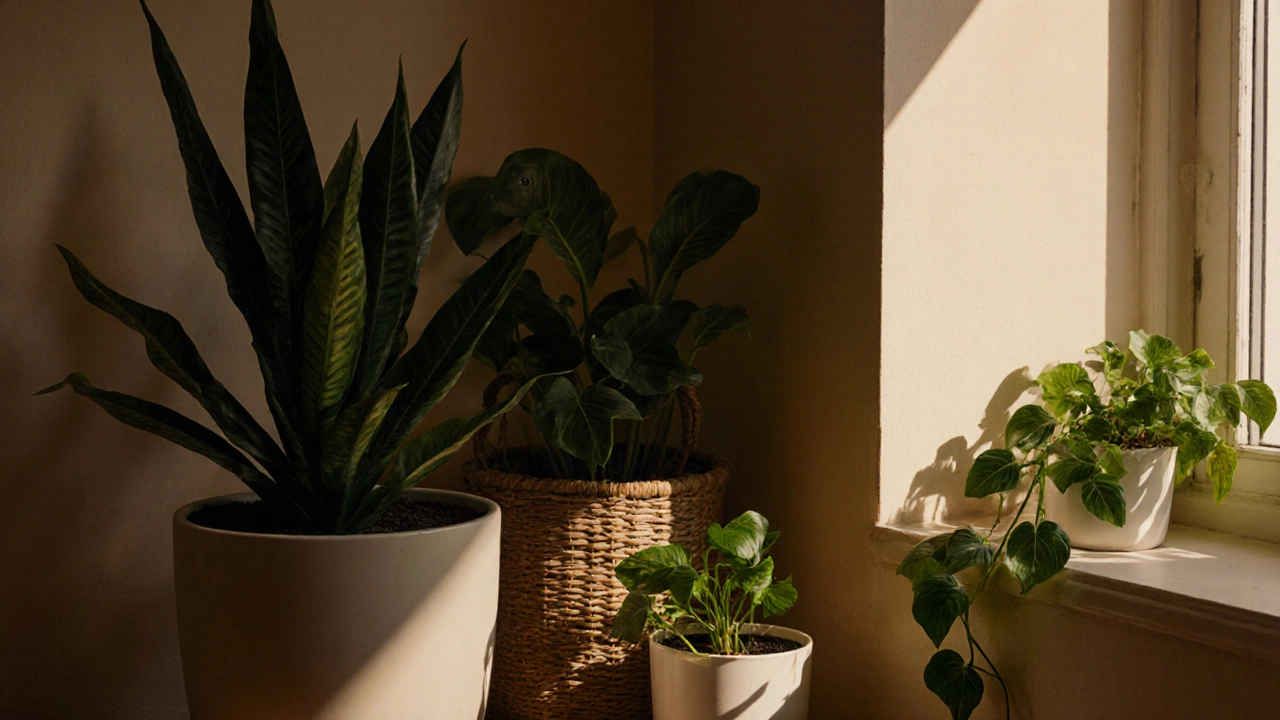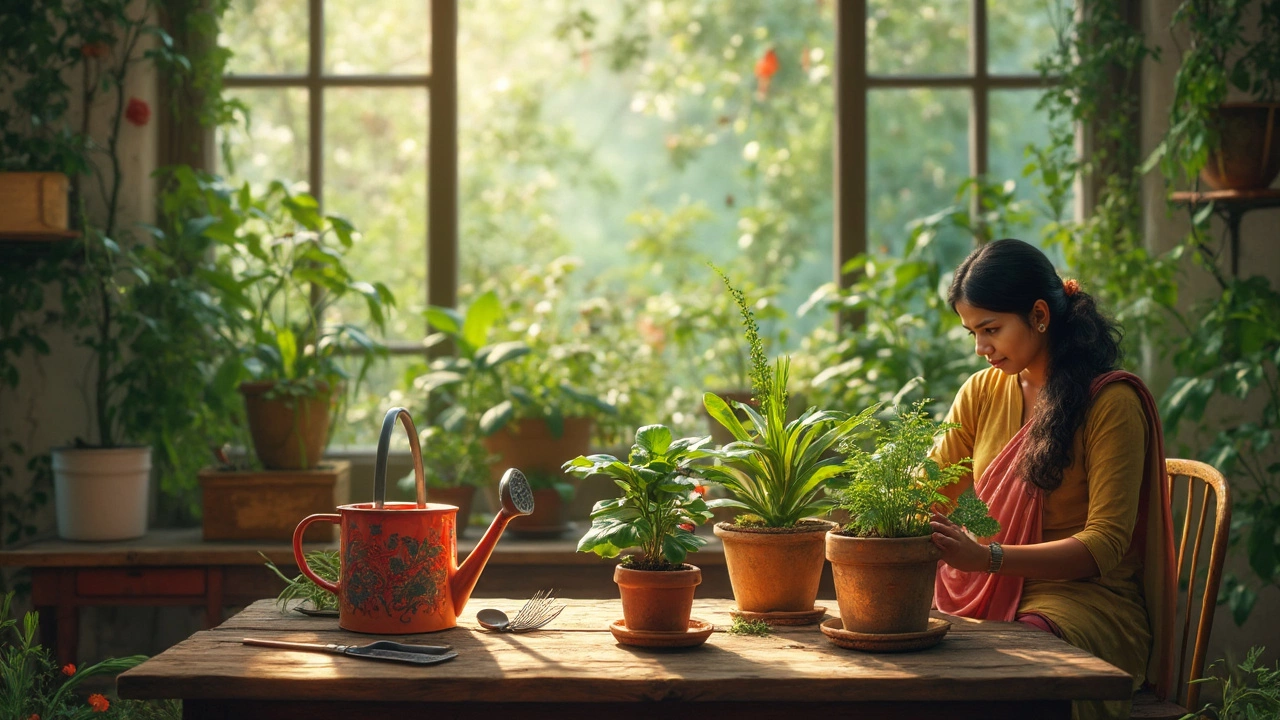Low Maintenance Plant: Simple Choices for Busy Gardens
When working with low maintenance plant, a species that thrives with minimal care, limited watering, and little pruning. Also known as hard‑to‑kill plant, it fits perfectly into busy lifestyles and sustainable gardening practices.
Low maintenance plants encompass a range of easy flowers, bright, resilient blooms that need only occasional water and basic soil. Think of marigolds, zinnias, or cosmos—each offers color without a demanding schedule. These easy flowers are popular because they tolerate heat, drought, and a variety of soils, making them ideal for beginners and seasoned growers alike.
Another common home for low maintenance plants is the container garden, where space is limited and soil conditions can be controlled. Using pots or raised beds lets you move plants to catch shade, protect from wind, or grab a sunny spot as seasons change. Container gardening often favors species like pothos, succulents, or herbs that require only weekly watering and simple fertilization.
Key Traits of Low Maintenance Plants
Low maintenance plants require minimal watering, tolerate a broad temperature range, and bounce back from occasional neglect. They usually have deep or water‑storage roots, waxy leaves, or a natural ability to shed excess moisture. This adaptability links directly to no‑till gardening, a method that preserves soil structure and moisture, creating a stable environment where roots can explore freely without disturbance.
When you combine low maintenance plants with drip irrigation, you get a water‑saving system that delivers moisture right to the root zone. Drip lines reduce evaporation, prevent fungal growth, and let you program watering schedules that match plant needs. This synergy means you can set a timer and walk away, confident that your garden stays hydrated without over‑watering.
Understanding these connections helps you pick the right species for your space. For balcony dwellers, a mix of easy flowers in lightweight containers works well. For larger yards, low maintenance shrubs like oleander or bougainvillea thrive in no‑till beds, especially when paired with drip irrigation. Each combination follows a simple rule: the plant’s natural resilience + a supportive method = consistent growth with little effort.
Beyond water, soil health matters. Low maintenance plants benefit from organic mulches that lock in moisture, suppress weeds, and add nutrients as they break down. Mulch works hand‑in‑hand with no‑till practices, keeping soil undisturbed and allowing beneficial microbes to flourish. Adding a thin layer of compost or shredded coconut can further reduce the need for frequent feeding.
Climate plays a role, too. In hot Indian summers, select heat‑tolerant varieties like Portulaca, Lantana, or Snake Plant. In monsoon‑prone regions, choose species that tolerate occasional flooding, such as certain ferns or peace lilies. Matching plant traits to local weather reduces stress and cuts down on extra care.
Finally, think about aesthetics. Low maintenance plants don’t have to be boring. Mix textures—succulent leaves with feathery grasses—or combine colors for visual interest. Grouping plants with similar water needs simplifies care: place drought‑tolerant species together, and keep moisture‑loving ones in a shaded, consistently moist micro‑zone.
Our collection below dives deeper into each of these topics. You'll find guides on choosing the right easy flowers, setting up a container garden on a balcony, applying no‑till techniques for healthier soil, and installing a drip irrigation system that saves time and water. With these insights, you’ll be ready to build a garden that looks great, stays green, and lets you focus on enjoying the outdoors rather than constant upkeep.
Easiest Houseplant to Keep Alive: Beginner‑Friendly Options
Discover the most forgiving houseplants, learn simple care steps, and avoid common pitfalls. Perfect for beginners who want a thriving indoor garden.
- manufacturing
- India
- food processing
- garden tips
- rice cultivation
- government schemes
- balcony garden
- urban gardening
- balcony gardening
- profitable business
- business ideas
- plastic manufacturing
- drip irrigation
- plant care
- steel manufacturing
- sustainable gardening
- startup ideas
- steel industry
- flower gardening
- textile manufacturers






